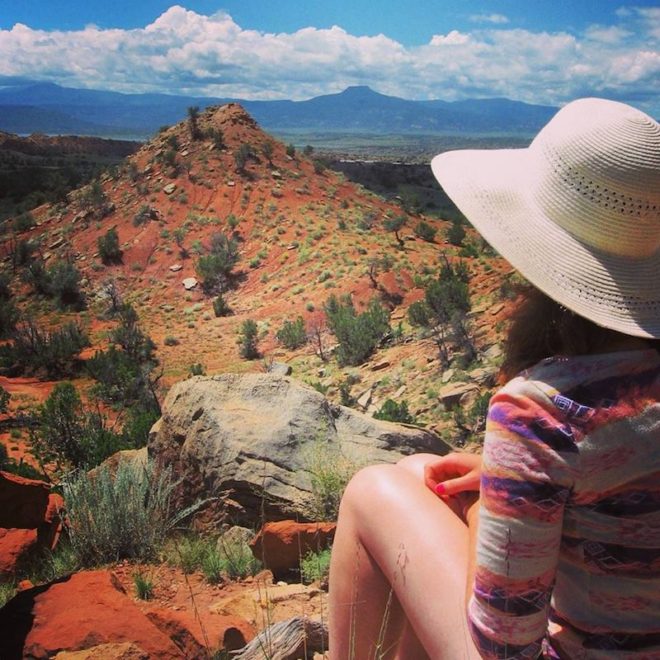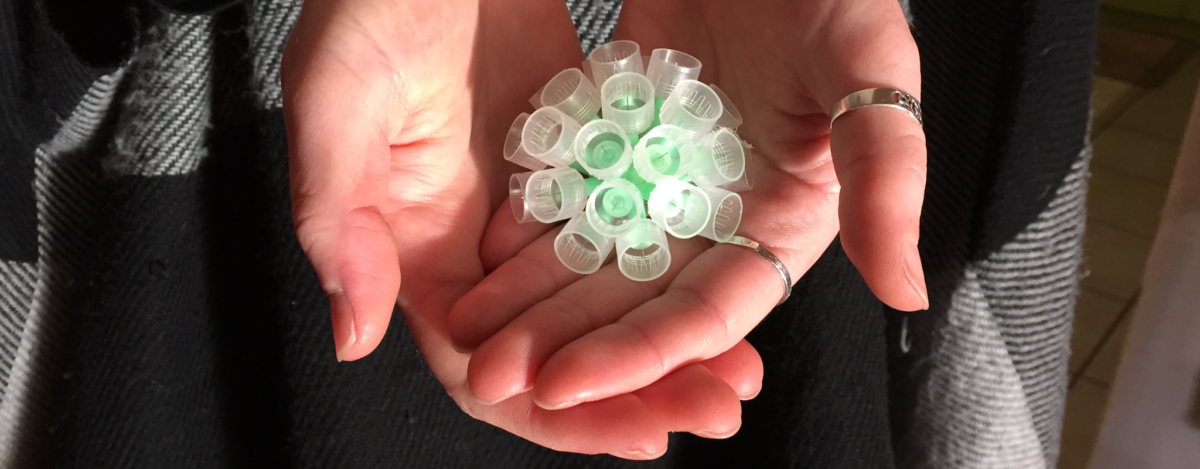Creatively Coping with T1D
 There is never a good time to be diagnosed with type 1 diabetes. I had just turned 17 and was a senior in high school with just a few months left until graduation. I was prepping for two standardized tests for college, filling out applications and trying to wrap up my final classes. Back then I ate constantly but never felt full. I was thirsty but insatiable. I lost an absurd amount of weight quickly and for no reason. The story, I’m sure, is familiar to many of you.
There is never a good time to be diagnosed with type 1 diabetes. I had just turned 17 and was a senior in high school with just a few months left until graduation. I was prepping for two standardized tests for college, filling out applications and trying to wrap up my final classes. Back then I ate constantly but never felt full. I was thirsty but insatiable. I lost an absurd amount of weight quickly and for no reason. The story, I’m sure, is familiar to many of you.
What struck me most was the speed of it all. My everyday life, routine and identity all collapsed during a single late night phone conversation with my doctor when he said, “Pack what you need and get to the ER. Now.”
It took seconds for my world to flip upside down.
In contrast, it has taken years to become fluent in living with type 1 diabetes (T1D), and even now such a lifestyle remains, at times, a moving target.
T1D is your backseat driver. No matter what you do, it’s there influencing your turns, telling you when to stop, letting you know when it’s okay to go. Many of the choices I’ve made since diagnosis are directly linked with T1D. I wouldn’t be a runner without T1D. I wouldn’t love cooking. I wouldn’t be interested in medicine or healthcare or politics.
The one prevalent part of my identity that’s independent of T1D is art. I’ve been an artist since I could hold a pencil, and I’m an artist now, regardless of my diagnosis. I declared fine arts as my major two years after becoming a person with diabetes. Art was, and is, my sanctuary. It’s the one activity to which T1D doesn’t get an invitation. When I’m painting, I’m not thinking about my blood sugar. I don’t default to subject matter related to diabetes. I paint plain air pieces (small landscapes done in oils) that provide me true escapism from my own body.
In contrast, consider running. As much as I love it, whenever I’m running I’m thinking about my numbers, about the tube of glucose tucked in my shirt, about my pump leaving a bruise on my hipbone. I’ll run because I’m angry at a high reading, then crash later because I over did it. Running helps me cope with T1D, not escape it.
It wasn’t until last year when I was finishing up my bachelor’s degree that I introduced T1D into my artwork. My assignment was to take an object and repurpose it to disguise its function. I went home and looked at what I had lying around: 4mm Nano pen needles. And I had so many! I glued the needles together to form urchin-like balls. Suddenly, the needles were not artifacts of my disease; they were transformed into aesthetic and intriguing objects that disguised their unpleasant past existence.

Art is still my sanctuary, and I think it will continue to be. Art has also started to show me that creation and beauty can come out of a disease that once felt so destructive and domineering.
In turn, T1D has become a creative agent in my life: it has created change, community and opportunity, leading me to the wildest places. I graduated with my fine arts degree right around the five-year anniversary of my diagnosis. This summer I’m going to be part of Connected In Motion’s adventure team in Cape Scott, British Colombia. Going forward, I’ll continue to create art and build community, and I’ll do it with type 1.
You can follow Geneva on Instagram or see more of her artwork here.
Read Jungle Type 1 Diabetes—A Day in the Life by Carter Clark.





